A topical gel has been developed that simultaneously suppresses inflammation and changes the makeup of bacteria in the mouth by blocking the succinate receptor, helping treat gum disease.
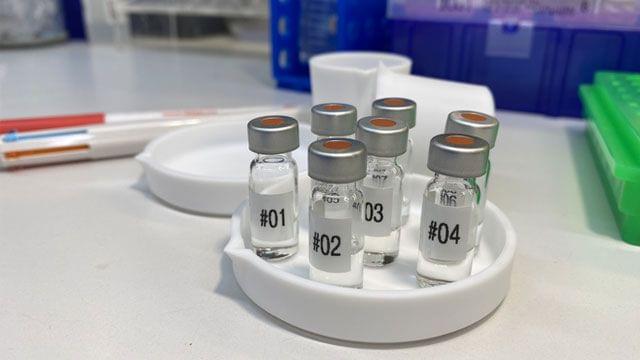

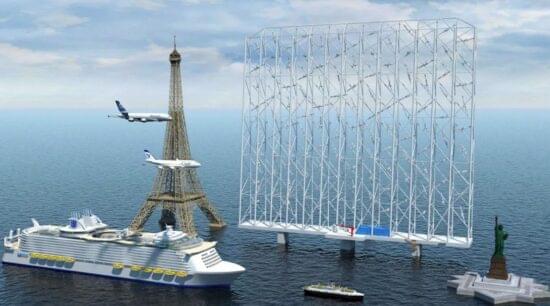

This novel technology can be built in many ways, even like a snake.
The National Renewable Energy Laboratory (NREL) has revealed a breakthrough technology with wave energy. The lab claims that with this new technology, electricity can be produced from waves and even from clothes, and cars.
NREL — which specializes in the research and development of renewable energy, energy efficiency, energy systems integration, and sustainable transportation — has already taken out the patent of its unique distributed embedded energy converter technologies (DEEC-Tec).
NREL
The lab claims that with this new technology, electricity can be produced from waves and even from clothes, and cars.
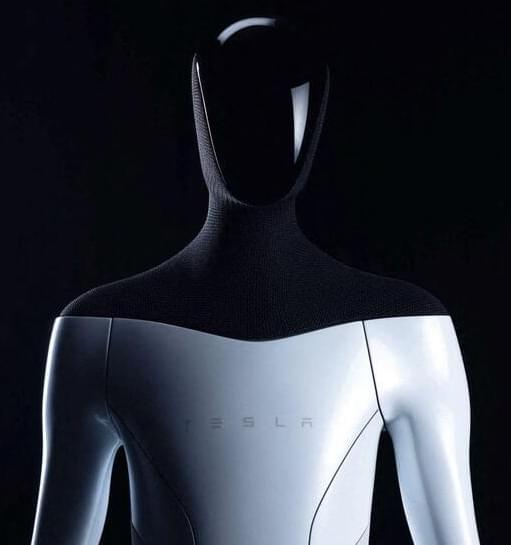
The deadline is the end of September.
Elon Musk is getting ready to unveil his ‘Optimus’ humanoid robot, and an improved smart summon feature as a top priority in the run-up to Tesla’s AI Day 2 on September 30. The Tesla Bot, also known as Optimus, was among the concepts that the company unveiled during its inaugural AI day and is prepared for release, news reports across sections of media noted on Tuesday.
Both projects, according to the tech mogul, have a deadline at the end of the month.
“Autopilot/AI team is also working on Optimus and (actually smart) summon/autopark, which have end of month deadlines,” Musk wrote while responding to a Tesla fan club account on Twitter.
Tesla Inc/Handout/Reuters.
The Tesla Bot, also known as Optimus, was among the concepts that the company unveiled during its inaugural AI day and is prepared for release, news reports across sections of media noted on Tuesday.
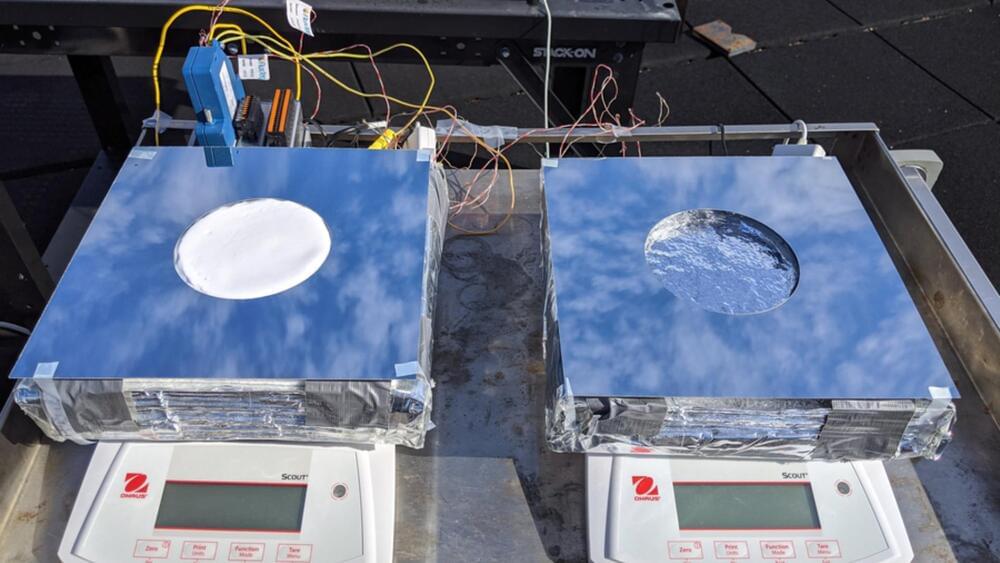
It is one roadblock away from large-scale applications.
Researchers at the Massachusetts Insititute of Technology have further advanced the technology used to achieve passive cooling — a method that does not require electricity at all. In their recent attempts, the post-doctoral researcher Zhengmao Lu and his colleagues achieved passive cooling up to 19 degrees Fahrenheit (9.3 degrees Celsius), a university press release said.
The system combines two standalone passive cooling technologies that have been used previously and then added thermal insulation to provide significantly more cooling, which hasn’t been achieved before. Not only does the system free you up from having to dig a hole underground to make a fridge, but the only maintenance it would require is also the addition of water. The frequency of this would also depend on the humidity of the area. system combines two standalone passive cooling technologies that have been used previously and then added thermal insulation to provide significantly more cooling, which hasn’t been achieved before. Not only does the system free you up from having to dig a hole underground to make a fridge, but the only maintenance it would require is also the addition of water. The frequency of this would also depend on the humidity of the area.
The drones will help the construction industry in hard-to-reach and dangerous places.
Consider the drone bees. These bees, which probably gave their name to today’s drones, are also may have inspired by their physical features. Let’s learn how.
Researchers from Imperial College London and Empa have created a fleet of bee-inspired flying drone printers for 3D printing buildings.
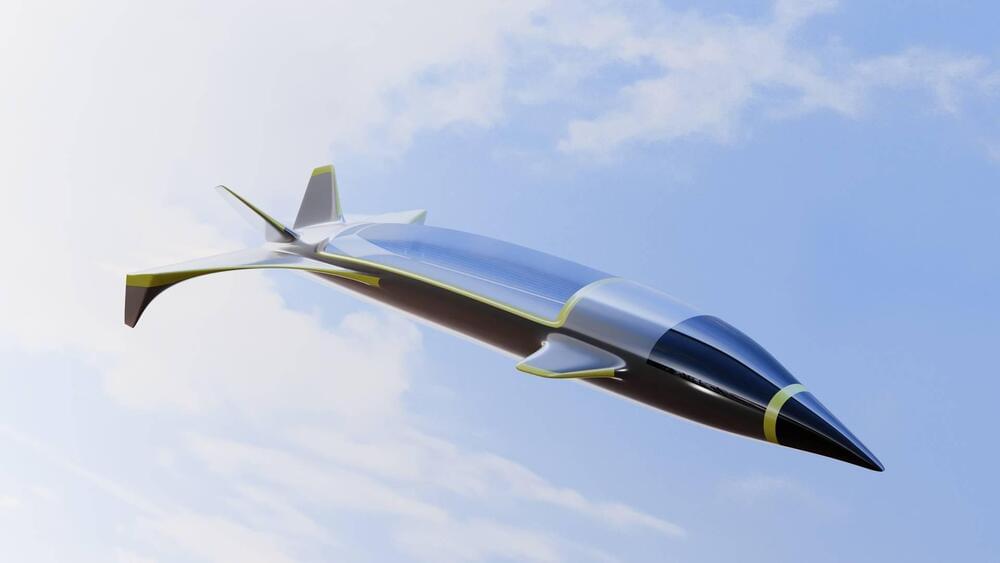
Chinese researchers expect to significantly reduce the costs of commercial hypersonic travel with a novel engine using a combination of ethylene and coal powder, according to an article published by the South China Morning Post (SCMP) on Tuesday.
In tests conducted, a prototype using the affordable and efficient mixture produced shocks traveling at more than 2km (1.24 miles) per second, or six times the speed of sound, the scientists claimed in a new paper published in the China Ordnance Society’s peer-reviewed Acta Armamentarii journal on September.
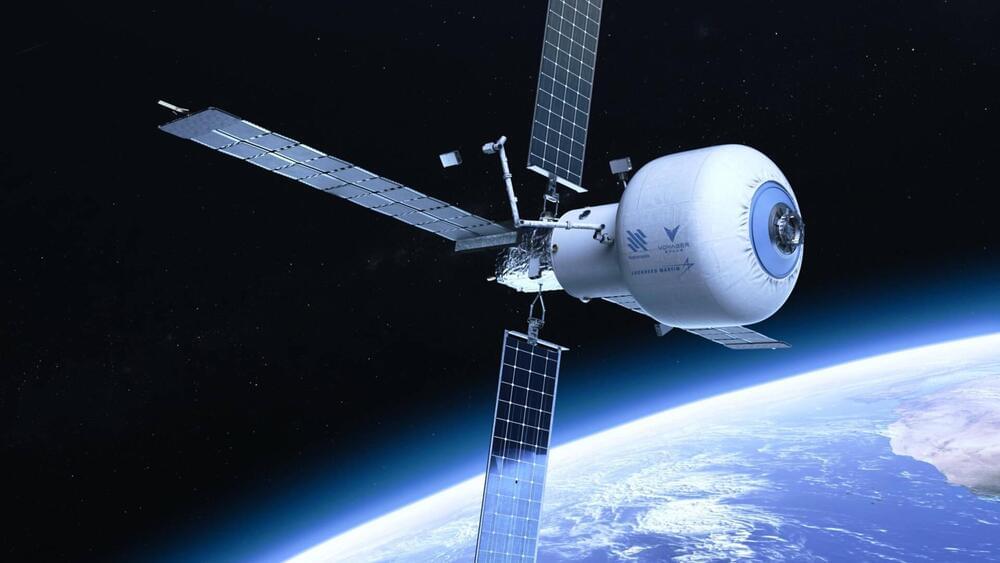
The hotel giant will help “reimagine the human experience in space, making extended stays more comfortable”.
In Stanley Kubrick’s landmark film, 2001: A Space Odyssey, a Hilton hotel is seen orbiting the Earth. More than 20 years later, sci-fi fantasy has become reality.
Hotel behemoth Hilton has signed on to design astronaut facilities for an Earth-orbiting commercial space station Starlab, Voyager Space, a global leader in space exploration, announced. Starlab is currently under development by Voyager Space Holdings and Lockheed Martin, who first announced the orbiting complex in 2021.
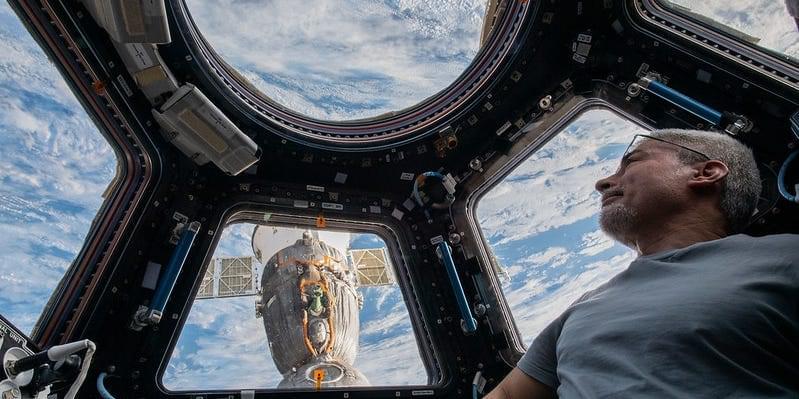
An exploration of ten somewhat spooky scenarios hidden within the zoo hypothesis solution to the Fermi Paradox.
My new clips and live channel:
https://www.youtube.com/channel/UCwwuMqY1SXZhTB5hIFFUmlg.
My Patreon Page:
https://www.patreon.com/johnmichaelgodier.
My Event Horizon Channel: